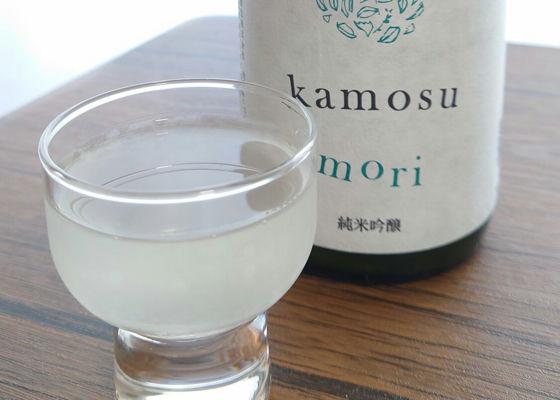

大木
Sweet and sour and fruity.
A little gassy when opened.
I think the impression is similar to SweetEmotion, including sweetness, acidity, and a slight alcohol taste.
Harukaze has a softer aroma and stronger flavor.
(I can't be sure, as I've already had Sweet Emotion and can't compare the two.)
(I haven't drank Niimasa recently, so I don't know the difference of Rokugo-yeast...) (I haven't had Shinsei recently, so I don't know the difference between the two... Is this sweet-sourness the Rokugo-yeast?)
At any rate, it is delicious.
Postscript:
Yeast No. 6 itself does not have a sweet and sour characteristic, but is said to be rather mild. I was told by a sake shop in Akita Prefecture that Niimasa made a sweet and sour sake by making good use of it. I learned this story from a certain liquor store in Akita Prefecture.
Japanese>English













































